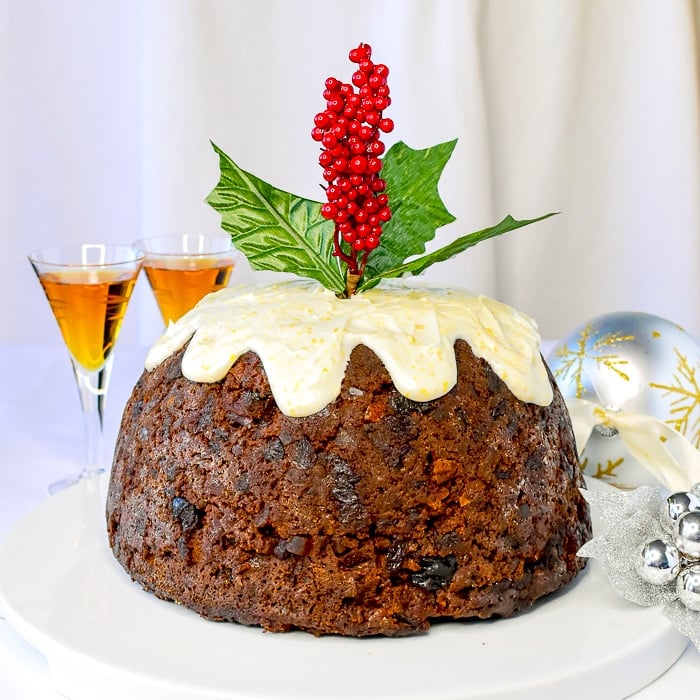 An Oxfordshire Christmas
An Oxfordshire Christmas, compiled by David Green
Britain's Alan Sutton Publishing did a collection of these volumes for what looks like almost every shire in England, not to mention for historical eras (
A Victorian Christmas, An Elizabethan Christmas, A Regency Christmas, etc.). I picked up
A Worcestershire Christmas and
A Surrey Christmas several years back at the library book sale, and have been buying them one by one ever since.
Oxfordshire Christmas takes place along the streets and around the city of Oxford. Many of the excerpts both factual and fictional talk about the simplicity of Christmases in the past: simple children's gifts consisting of an apple, an orange, sweets, nuts, and perhaps a penny or a sixpence. Little girls received dolls, lucky little boys got a little horse or car or perhaps a locomotive engine. Decorations were greens trimmed from the countryside and paper chains. Attending church services were
de rigueur.
Another story tells the tale of the estate of the Lovells, the family involved in the ballad that became the famous poem "The Mistletoe Bough." Mummers and the St. George and the dragon play make further appearances, we read a Christmas piece from the famous "Miss Read," and two different excerpts from the "Lark Rise" series (as in the series
From Lark Rise to Candleford). "Christmas in Banbury" features the account of a freezing winter, W. H. Auden sings the after-Christmas blues, an article examines Christmas hymns specific to the Oxford countryside, Pam Ayres sees—in wry verse—the frustration of the season, and a long tale proves that, through the years, all anyone can ever talk of on Christmas Day is the weather.
As always there's a ghost story, Christmas at a vast estate, the Boxing Day hunt, and more. A satisfactory edition of this series.


























